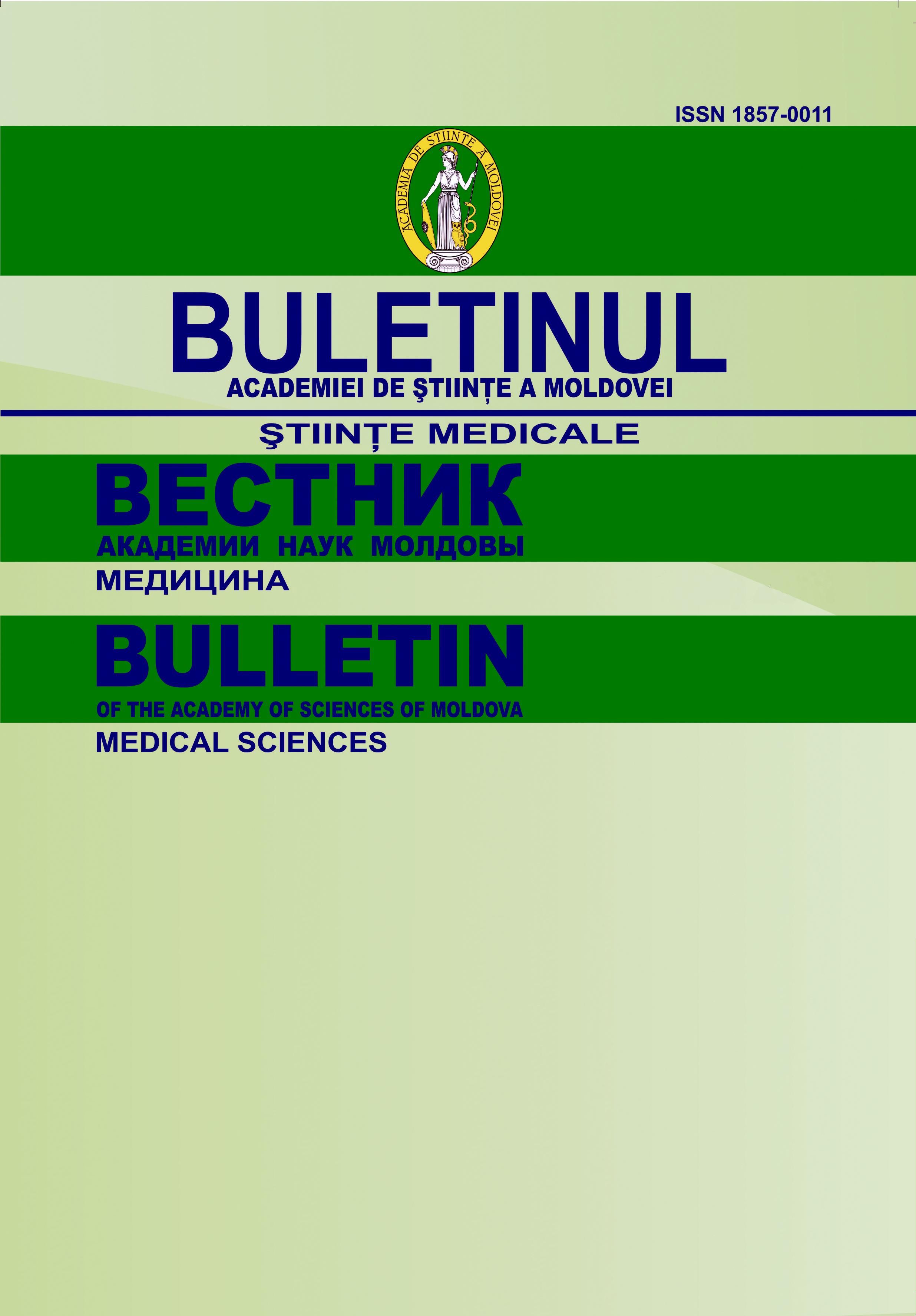Fracturile induse ale humerusului proximal Neer cu 2 părţi: Proprietăţile biomecanice ale fixatoarelor rigide şi celor elastice, bazate pe evaluarea segmentelor cadaverice
Аннотация
Biomechanical study performed on elastic and rigid implants revealed some details about the osteosynthesis quality and bone tissue sate, that was subjected to the action of different forces and directions. Determination ability of rigid and elastic implants to maintaining osteosynthesis at reduced fragments of proximal humerus fracture and keep this contact under the action of forces: axial traction, pure bending, perpendicular bending in the plane of osteosynthesis, bending with torsion. This allow to better understanding of fi xator model used in patients with proximal humerus fractures. Elastic metallic implants lead to minimize the stress between the bone-implant making them optimal for fracture fi xation of qualitatively as well as osteoporotic bone, while the rigid implants (different types of plates) on «soft» bone lead to destruction with bone loss implant-bone contact.Загрузки
Опубликован
2011-05-01
Выпуск
Раздел
Научная статья
Лицензия
Copyright (c) 2011 Вестник Академии Наук Молдовы. Медицина

Это произведение доступно по лицензии Creative Commons «Attribution» («Атрибуция») 4.0 Всемирная.



